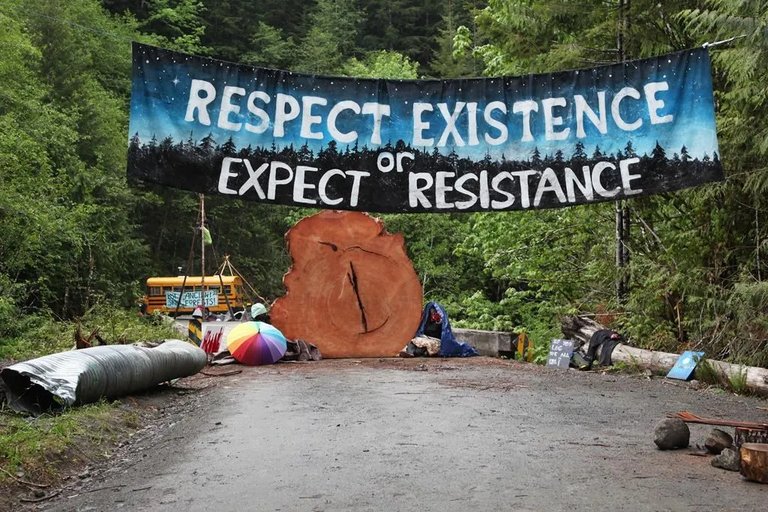In a growing show of grassroots resistance, residents across British Columbia are organizing rallies, blockades, and town hall meetings to stop the logging of old-growth forests. The movement, sparked by recent clear-cutting approvals in the Fairy Creek watershed, has reignited a decades-long debate over forest stewardship in Canada.
Protesters say ancient trees—some more than 800 years old—are vital not just for biodiversity, but for water regulation, carbon storage, and cultural heritage. “These forests are sacred,” said Sarah Tomlinson, an organizer from Victoria. “They’re irreplaceable, and we’re cutting them faster than ever.”
At the center of the protests are Indigenous land defenders from the Pacheedaht and Ditidaht First Nations, who assert that provincial logging decisions ignore sovereignty and long-term ecological values. While some band councils support selective logging for economic reasons, others demand a full moratorium.
Aerial footage from conservation groups shows steep terrain being cleared at alarming rates, raising concerns about landslides and habitat loss. Scientists warn that once these ecosystems are gone, they may never fully recover. Old-growth forests host unique fungi, insect, and tree species found nowhere else on Earth.
Public support for forest preservation has surged, with more than 100,000 signatures submitted to the B.C. legislature. Protests have spread to Vancouver and Kelowna, where residents staged peaceful sit-ins outside government buildings and forestry company offices.
In response, the B.C. government announced temporary deferrals on some logging permits while an independent panel reviews ecological data. Critics say the move is too limited and comes too late, as active harvesting continues in other regions.
Industry representatives argue that sustainable logging practices and economic livelihoods must be balanced with conservation. They point to reforestation programs and environmental certifications that guide operations. But opponents claim these measures do little to address the loss of ancient ecosystems.
Some loggers themselves are expressing discomfort. “I’ve done this job for 20 years, but I’ve never seen public anger like this,” said Paul Hensley, a faller from Port Alberni. “People aren’t just protesting—they’re grieving.”
The campaign has gone digital, with activists sharing drone footage, infographics, and live updates on platforms like TikTok and Instagram. Viral videos have helped bring international attention, prompting celebrities and climate advocates to voice their support.
Educational institutions have joined the dialogue, with students at the University of British Columbia and Simon Fraser University staging walkouts and calling on school endowments to divest from logging-related companies.
The federal government has remained largely silent on the matter, citing provincial jurisdiction. However, several MPs from coastal ridings have expressed solidarity with protesters, calling for national protections for remaining old-growth stands.
Meanwhile, Indigenous youth are stepping into leadership roles, organizing healing circles, art installations, and media campaigns to assert their ancestral connection to the land. “We are not anti-development,” said 19-year-old activist Leena George. “We’re anti-extinction.”
As tensions rise, the outcome of this movement could reshape how Canada balances environmental protection, Indigenous rights, and economic development. What’s clear is that for many British Columbians, ancient forests are not just trees—they are stories, lungs, and legacy.
